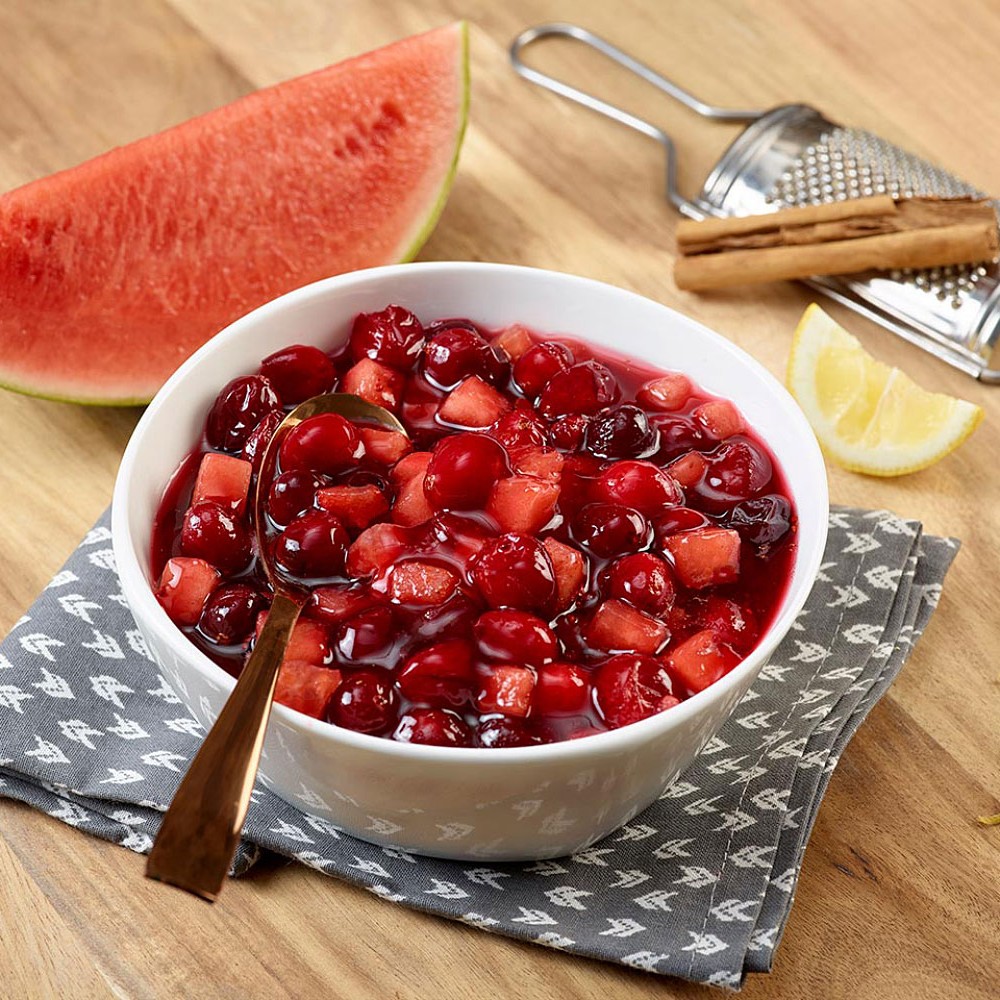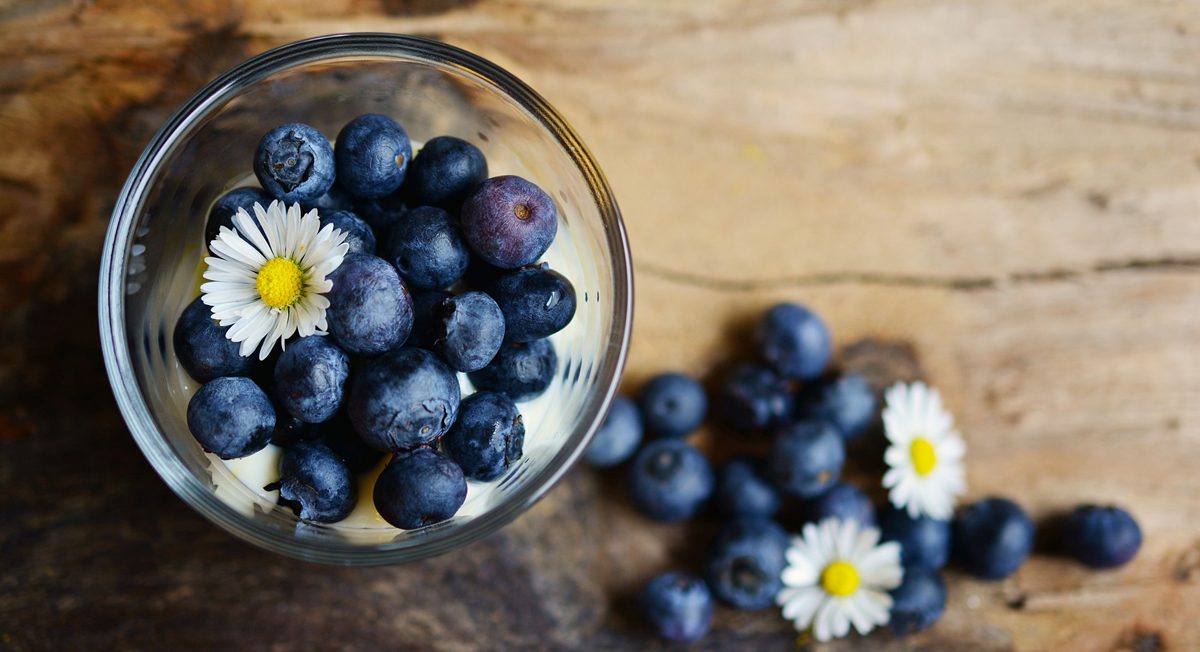Yams vs. Sweet Potatoes: Understanding The Difference

Yams and sweet potatoes are both root vegetables, but they belong to different plant families. Yams are native to Africa and Asia, while sweet potatoes are indigenous to Central and South America. Yams are grown in tropical climates and can grow up to several feet in length, whereas sweet potatoes come in a variety of shapes and sizes, and they are usually grown in temperate climates.
One of the most noticeable differences between yams and sweet potatoes is their appearance. Yams have rough, scaly skin that is difficult to peel, while sweet potatoes have a smoother skin that is easier to peel. Yams also have a cylindrical shape with a tapered end, whereas sweet potatoes are usually more oblong or tapered at both ends.
Another difference between yams and sweet potatoes is their nutritional content. Yams are high in carbohydrates, potassium, and vitamin C, while sweet potatoes are low in carbohydrates, high in fiber, and a good source of vitamins A and C. However, the nutritional profiles of yams and sweet potatoes can vary depending on the type and how they are prepared.
When it comes to culinary use, yams and sweet potatoes have different textures and flavors. Yams are starchy and dry, with a slightly sweet and nutty flavor. They are commonly boiled, fried, roasted, or mashed and used in savory dishes, such as stews or curries. Sweet potatoes, on the other hand, are moist and creamy, with a sweeter flavor. They are often served as a side dish or used in sweet dishes, such as pies or casseroles.
Yams and sweet potatoes are two distinct root vegetables that differ in appearance, nutrition, and culinary use. While both are delicious and nutritious additions to any diet, it is important to know the differences between yams and sweet potatoes to reap their unique health benefits and maximize their culinary potential.
The Author:
Pioneerthinking.com – Ingredients for a Simple Life.
Photo. Huynh Phong








